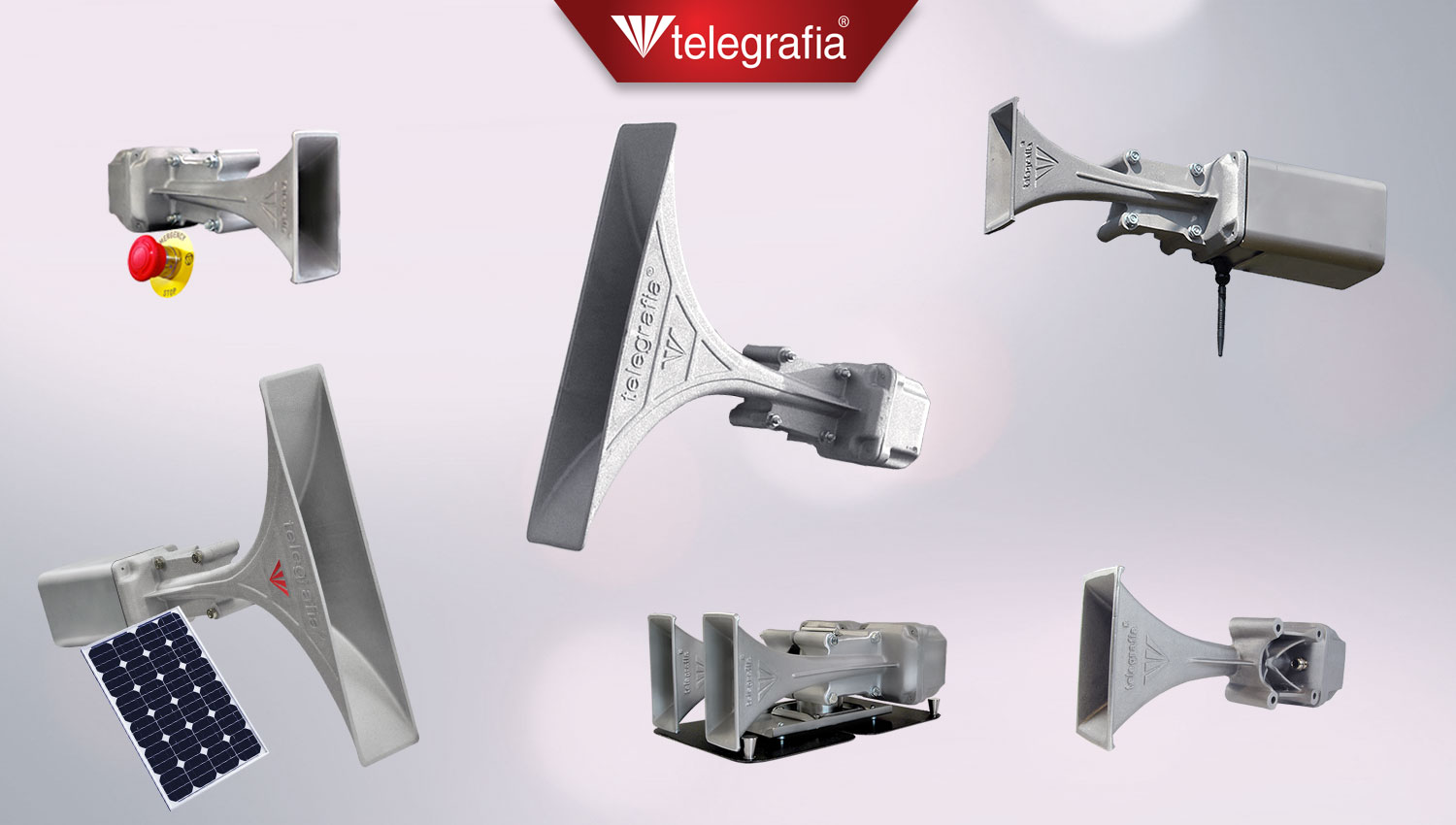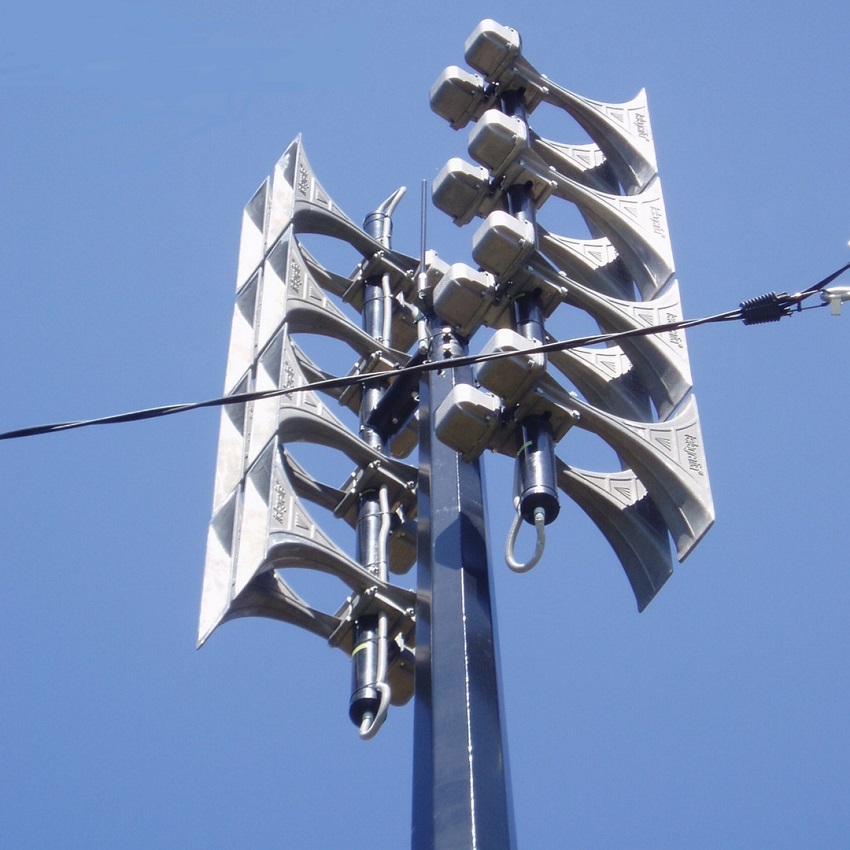
5 Key Factors in Choosing an Electronic Siren
Listen to article:
In most countries, a warning system serves to inform residents of impending or current emergencies, including floods, fires, natural disasters, industrial accidents, or terrorist attacks, to name a few. Modern warning systems using electronic sirens are the most effective form of warning. When combined with the possibility of immediate notification, they are also the perfect defence and information mechanism. Telegrafia’s electronic sirens are constantly adapted to changing requirements and can be called smart devices.
1. Uncompromising performance
Performance is a priority. After all, the iconic sound of a siren is the only characteristic of a warning system many people are familiar with. They may have no idea what a siren looks like, how it works or where it is located; still, they know its power. To go beyond description, did you know that under ideal conditions, the loudest sirens can be heard up to several miles away? This is all thanks to the deafening intensity of the sound signal. And since the siren is not only that often frightening piercing sound but also serves to inform and thus (re)produces the spoken word, the high voice intelligibility quality of Telegrafia’s electronic sirens must be highlighted, which is measured by the STI method.
The power of electronic warning system sirens varies over a broad spectrum (up to 3600 W) in a natural environment because it must adapt to the needs and factors of that environment that affect the siren operation. The size of the area (interior, exterior) to be covered by the acoustic signal is a fundamental factor for selecting sufficient siren power.
2. A bit of an atypical playlist
Almost everyone knows the siren test. A fluctuating and monotonous sound spreading through the city streets at noon. But when talking about modern sirens, the “playlist” has somewhat expanded. So what is new in the siren repertoire? First of all, electronic sirens can play almost anything. Tones, sounds, songs, even recordings from various sources. They play media from their internal memory, an external SD card, mobile phone, computer, or radio signal. Thus, they can reproduce any sound, including built-in alarms or live announcements. And it would not be a smart device if it did not have an implemented text-to-speech function, i.e. text-to-speech conversion.
3. Anytime-and-anywhere control options
Today’s modern warning systems can be controlled directly in the control centre using a control panel. Still, there are many more options to control sirens, such as a mobile phone, wireless control panel, or appropriate computer software. The siren can also be automatically activated when specific threshold values are detected or exceeded. Electronic sirens also have the unique feature of scheduling and timing when a warning signal will be broadcast from the electronic siren.
4. Self-diagnostics
A modern communication system facilitates and regularly provides self-diagnosis of the sirens. In case of any errors or failures, it sends error messages.
5. Energy efficiency
An equally crucial factor is the energy consumption of a complex warning system of electronic sirens. Nowadays, customers require full siren functionality even several tens of hours from the failure of the main power source. Luckily enough, electronic sirens can be equipped and powered by solar panels to keep them operational for extra tens of hours.
The siren is no longer just a siren, and its functions today go beyond its original purpose/mission. For everything you need to know about the capabilities, uses, and applications of electronic sirens, visit www.telegrafia.eu. If you are interested or have any questions, feel free to contact our specialists.

The article was written by
Róbert Jakab
Robert is like a moving photograph – because he is like a video. He can capture 60 frames per second. Whenever something happens, he records it. Currently, he’s working on smaller videos and hoping to make a feature film one day and then its sequel. Telegrafia 2: Monkey Power

